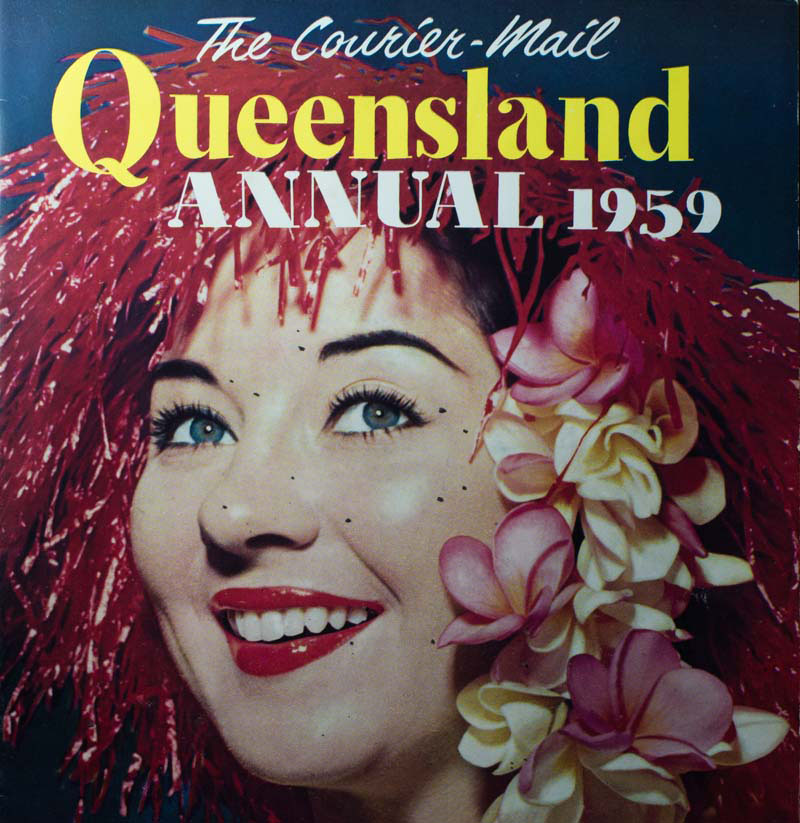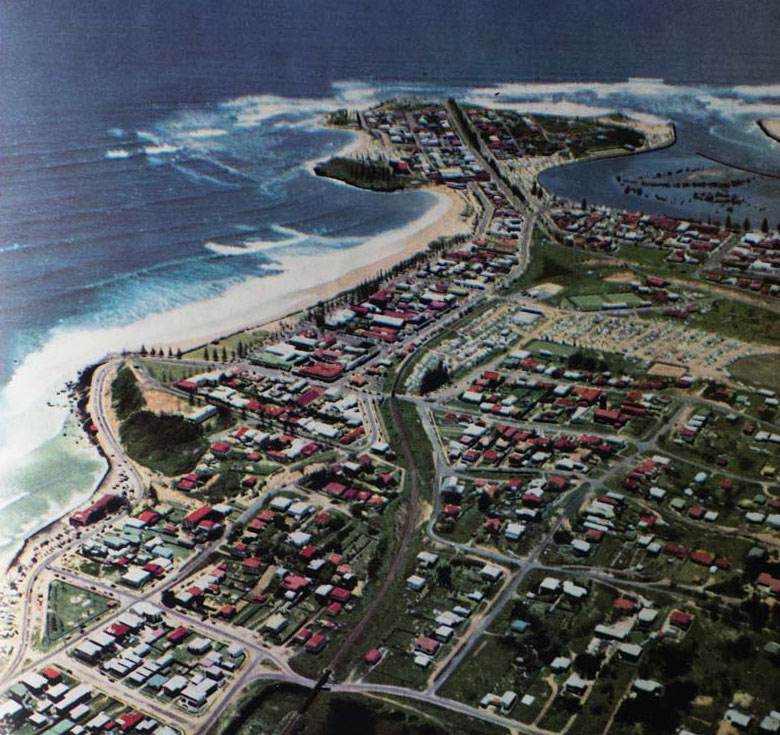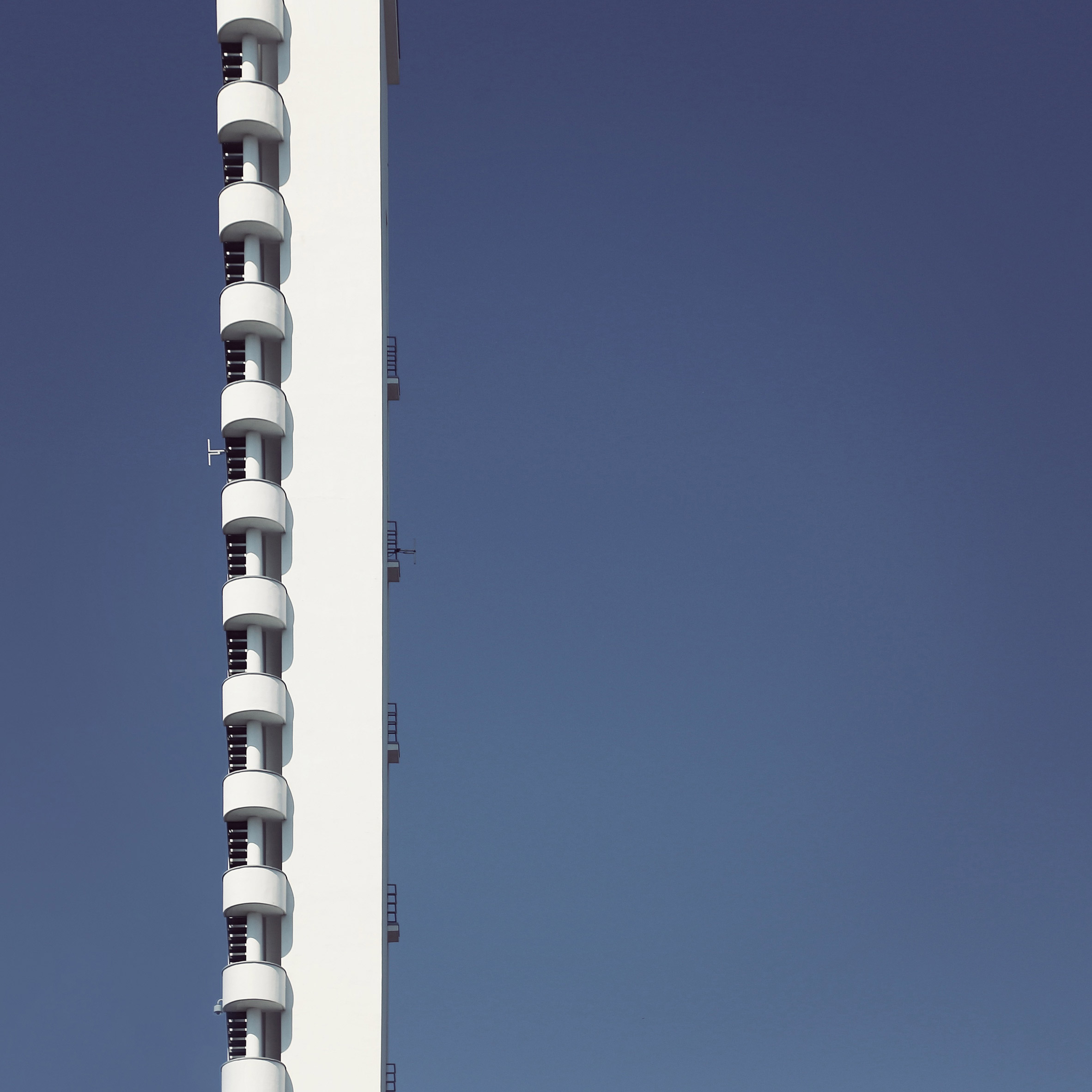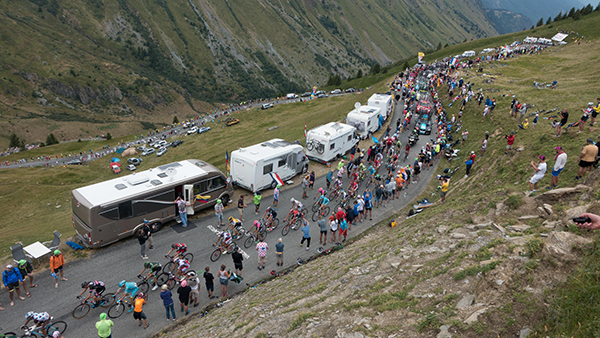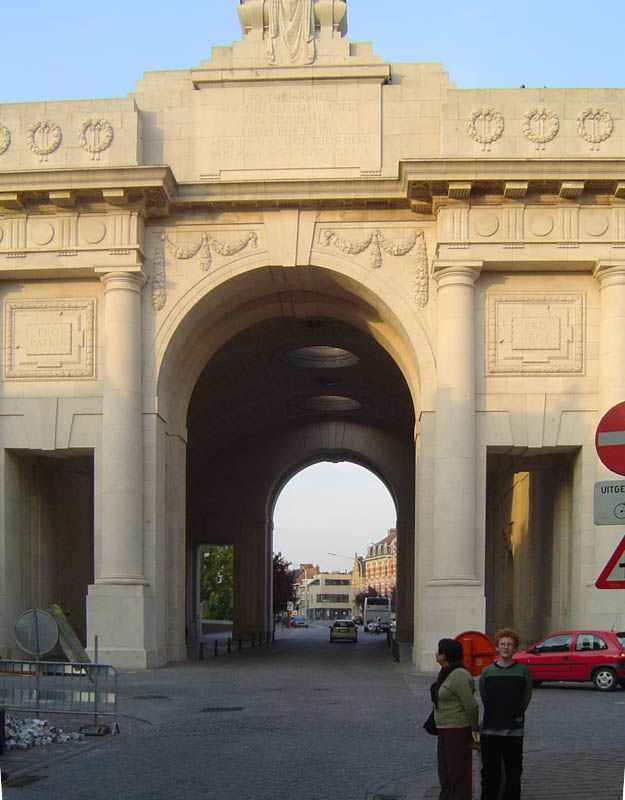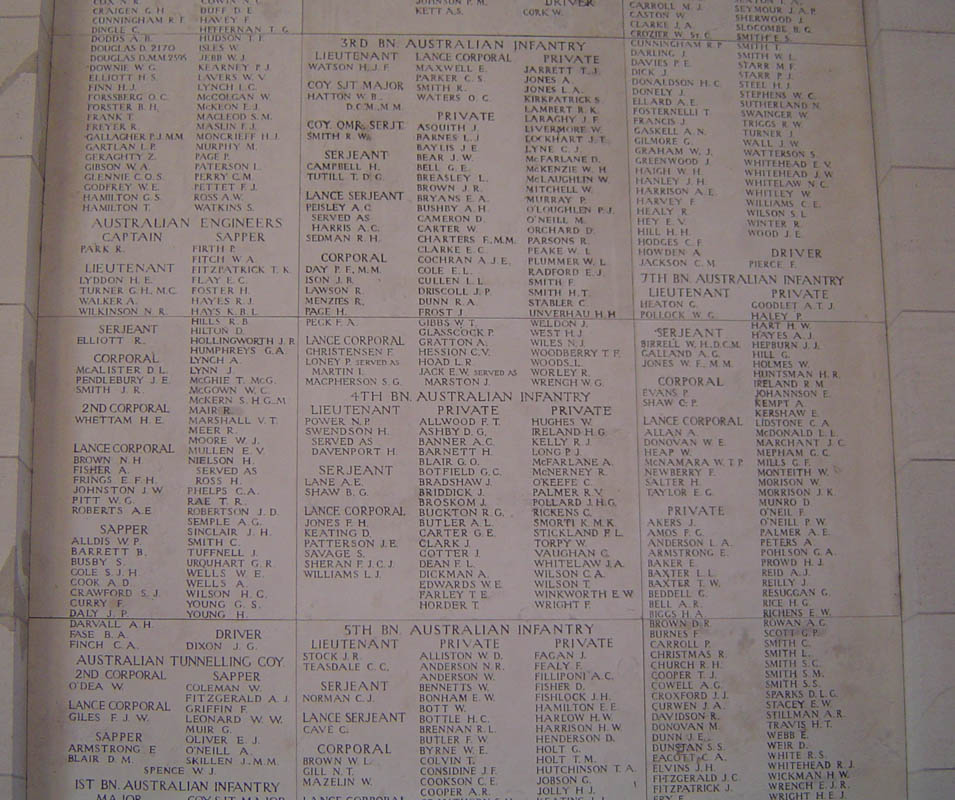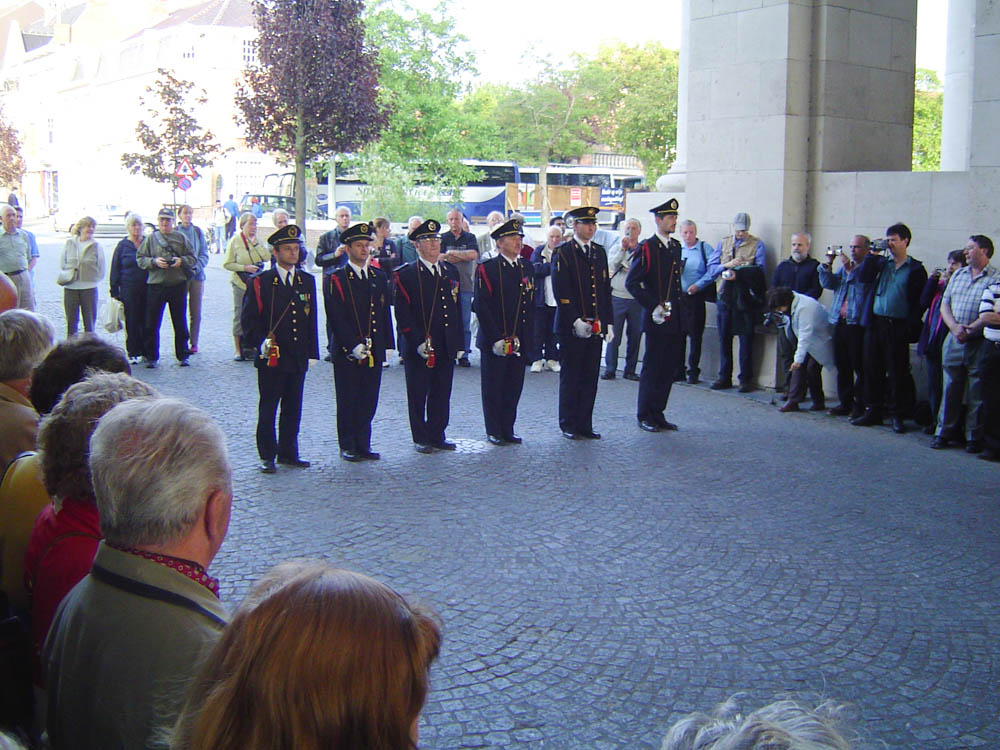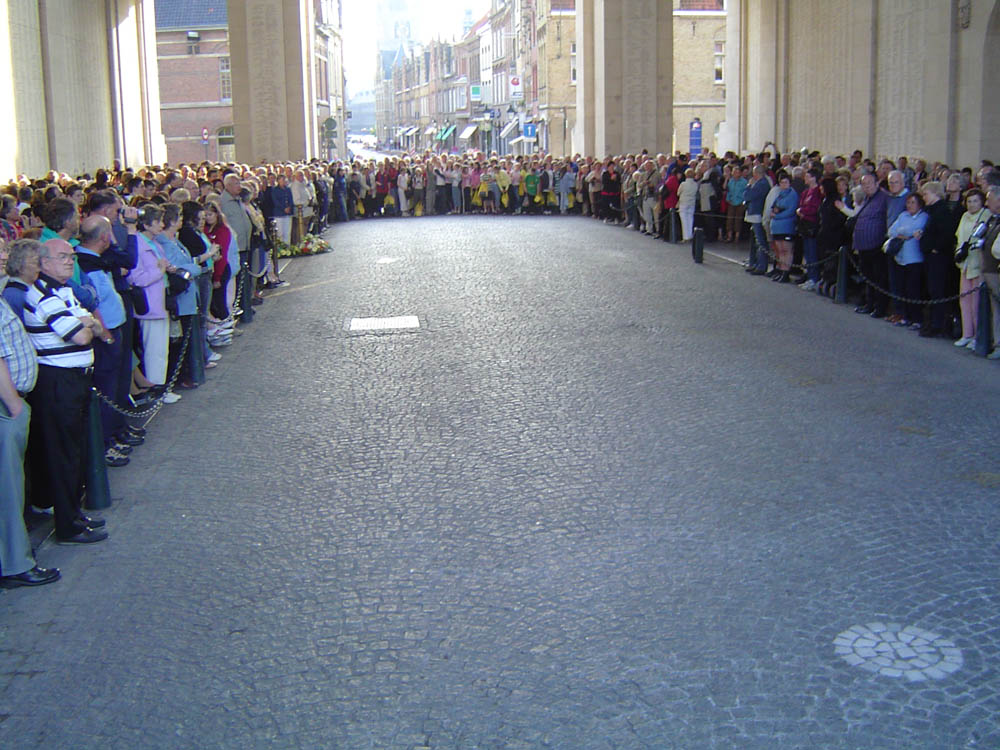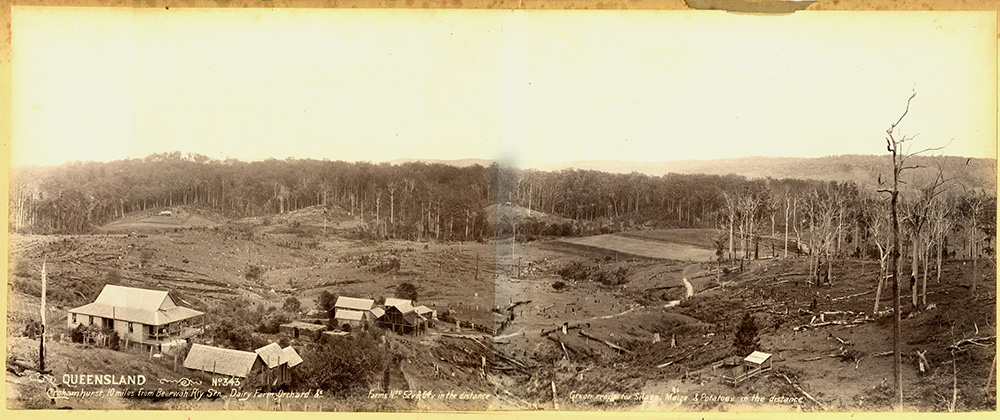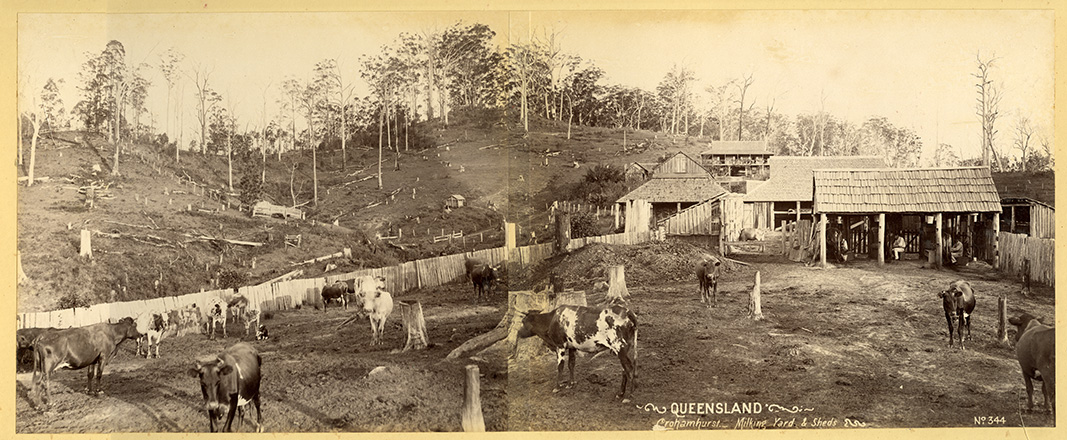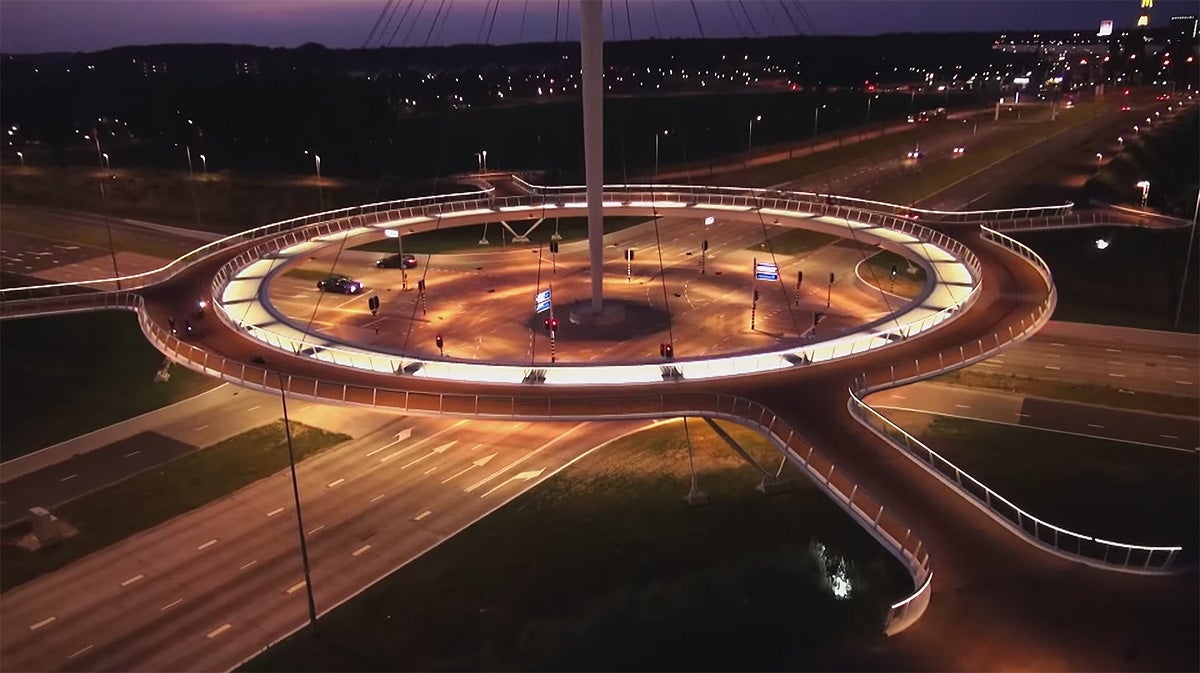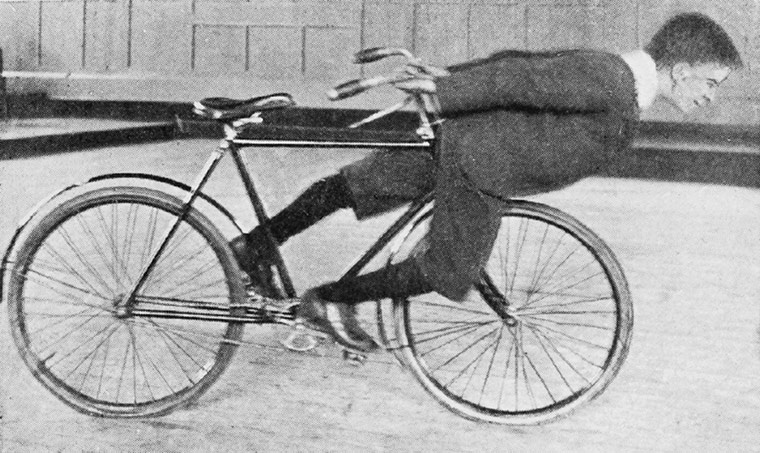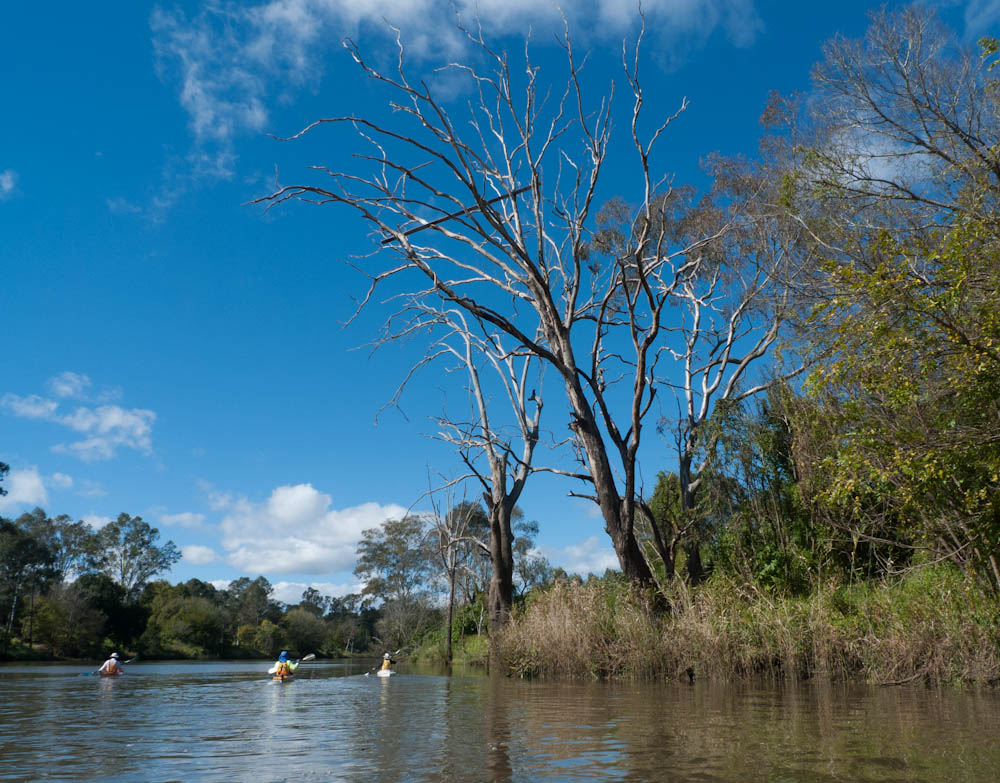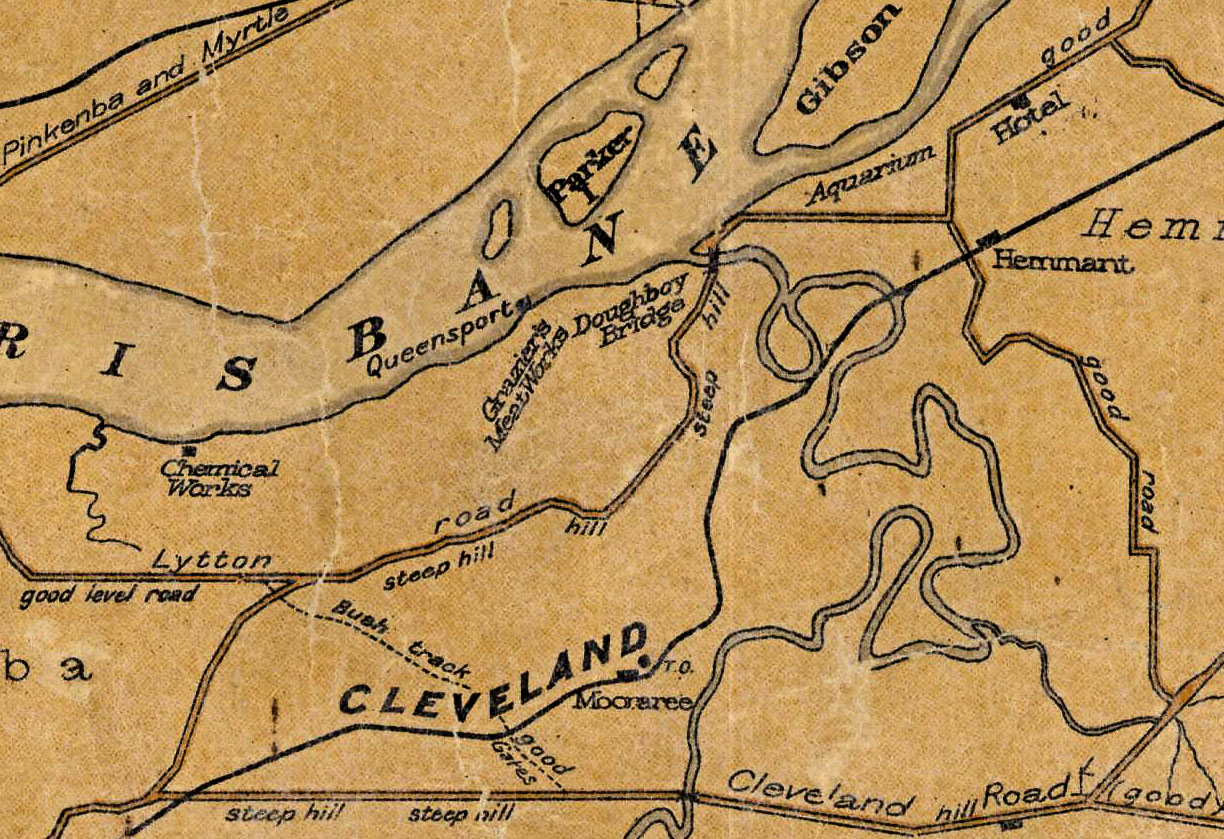Digital library in your pocket
14th June 2020
How much information can you fit on a SD card. Probably more than you can imagine. One of the latest SD cards can take 400 GB. That is enough for my digital history with almost 80,000 files – that is books, reports, journal articles maps, plans etc.
Historical research has changed dramatically in the past 20 years. So many sources are now online and books, journals, reports in digital form. Historians no longer are restricted to a personal library of hard copies of books, reports and journals.
I have been gradually expanding my digital library in the past 20 years with a focus on Queensland history. Some of the resources I have purchased, for example include Post Office Directories, Government Gazettes, electoral rolls. Other books and journals I have downloaded from free the State Library of Queensland and National Library of Australia. Archive.org has a remarkable collection of Queensland related resources copied at times from some most unusual sources. I have downloaded complete sets of journals, reports and year books such as the Australian Year Book, Aboriginal History, Building Magazine, and the Journal of the Royal Queensland Historical Society. Of course I have been assisted by colleagues where we have swapped downloads, for example, the Queensland Parliamentary Debates 1860-2016.
In total there are almost 80,000 files in my digital library. Some are large – for example, the 1961 edition the Australia Year Book, has 1290 pages and has a file size of 81 MB. On the other hand, the List of officers in the civil service of Queensland in 1867 is a mere 9 pages and a file size of 660 KB.
So what I have is an about 360 GB of books journals reports maps plans etc.
And it can all fit in one SD card. l estimate as hard copy would take up 150 metres of shelves – if not more.
Of course, the question is why bother when much of this material is online. The great value is that the whole library can be searched at once. I use a program Copernic that indexes all of my digital collection and has proved to be immensely valuable time and time again. and makes it searchable.
So how remarkable to have such a library in your pocket – or even more remarkable in your wallet.

